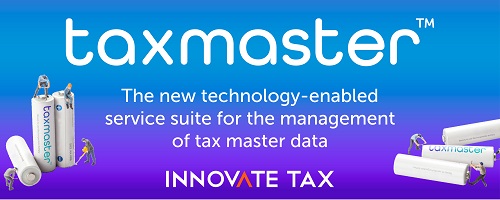- Sales and Use Taxes in New York date back to the Great Depression, when they were introduced in 1933 to help the state generate revenue during economic hardship. Initially, the sales tax applied only to tangible personal property sold at retail, making New York one of the earlier states to adopt such a tax.
- As the economy evolved, so did the tax system. The scope of the sales tax gradually expanded to include services, digital goods, and other taxable items. Shortly after, the use tax was introduced to address revenue losses from out-of-state purchases, ensuring that New York residents paid tax on items consumed within the state, even if bought elsewhere.
- Significant reforms have been made to adapt to modern commerce, particularly with the rise of online shopping. This includes requiring online retailers to collect and remit sales taxes on purchases made by New York residents.
- Today, New York’s Sales and Use Tax is a critical source of revenue, supporting public services, infrastructure, and other state-funded programs. It remains a complex and essential component of the state’s financial system, reflecting its ongoing adaptation to economic changes.
Source Innovate Tax
Click on the logo to visit the website
Latest Posts in "United States"
- Top U.S. States With No Sales Tax: Business and E-Commerce Savings in 2025
- U.S. Eliminates $800 De Minimis Exemption; New Tariffs on All Low-Value Imports Effective August 2025
- U.S. Sales Tax Explained: Key Rules, Nexus, Exemptions, and Compliance Steps for Businesses
- Utah Approves New Emergency Services Sales Tax and Modifies Rural Health Care Tax Rules
- Committee Urges Voters to Renew 1% Sales Tax for Bibb County School Improvements















